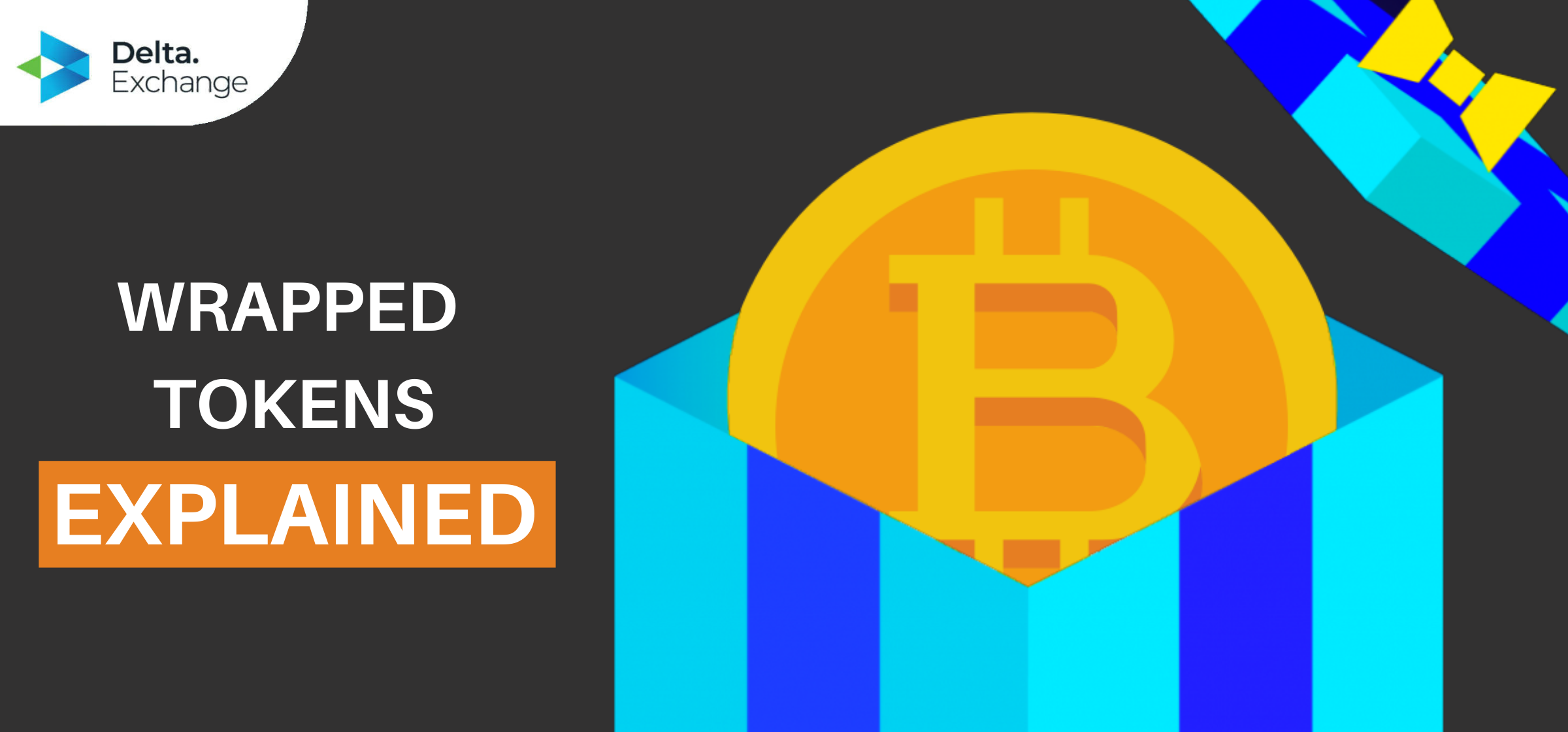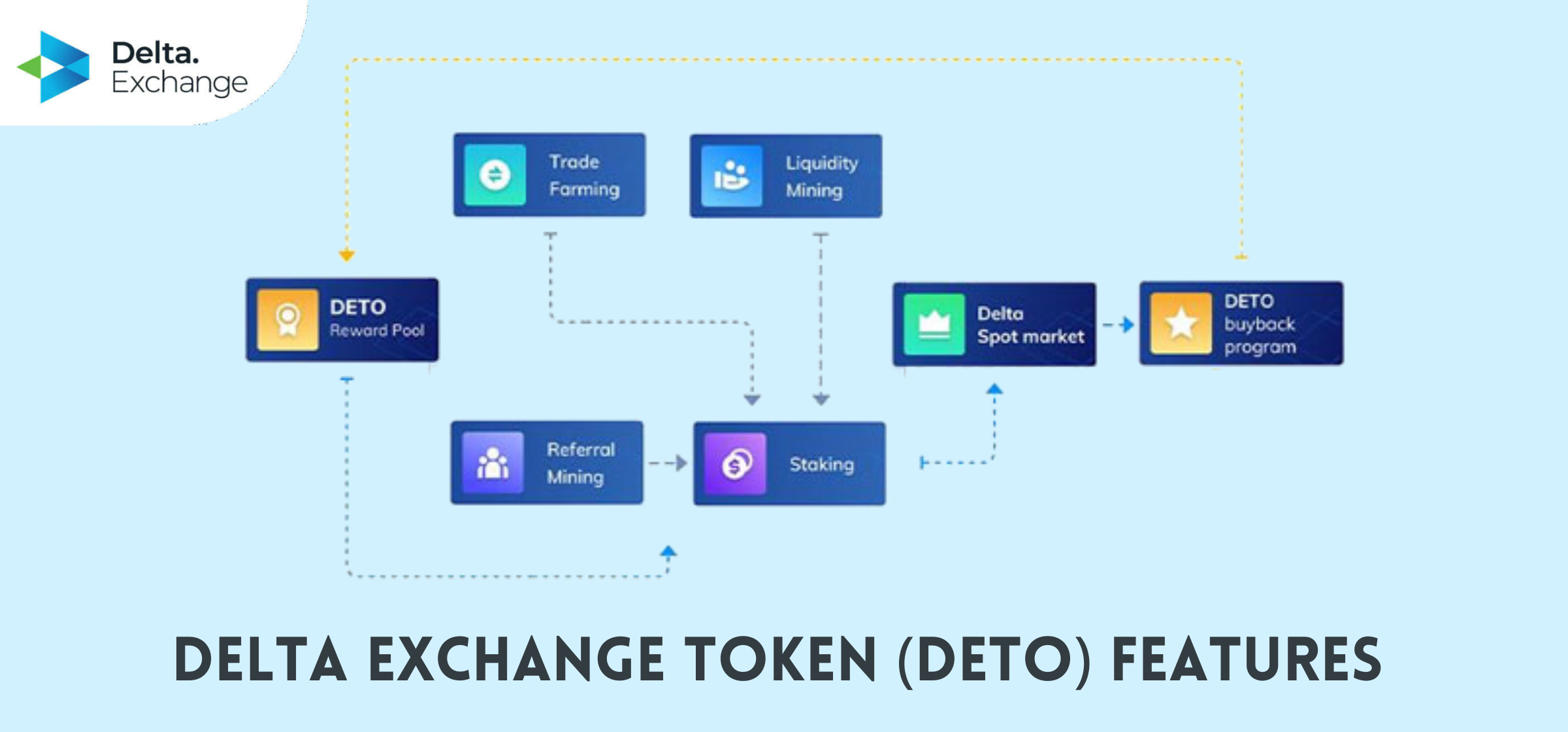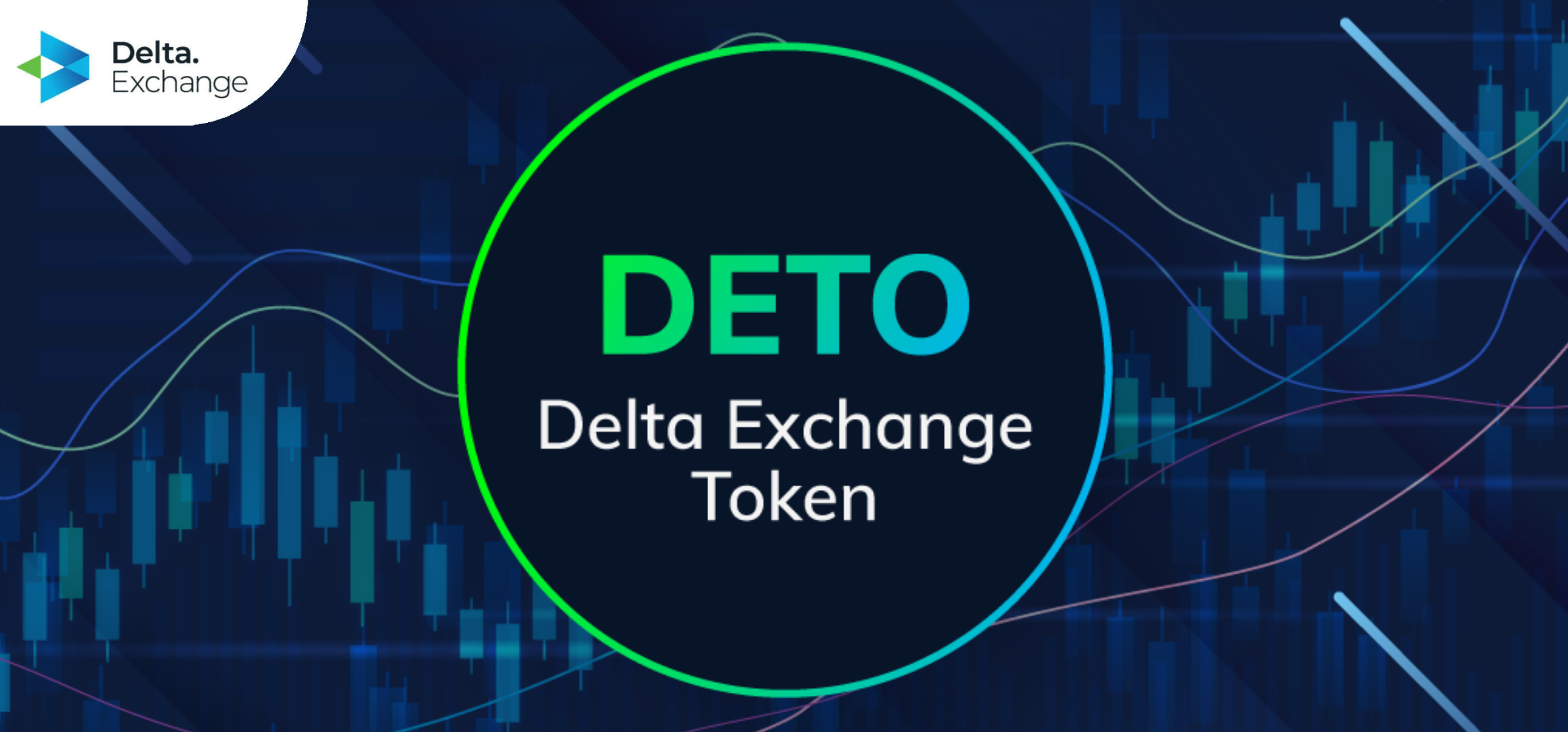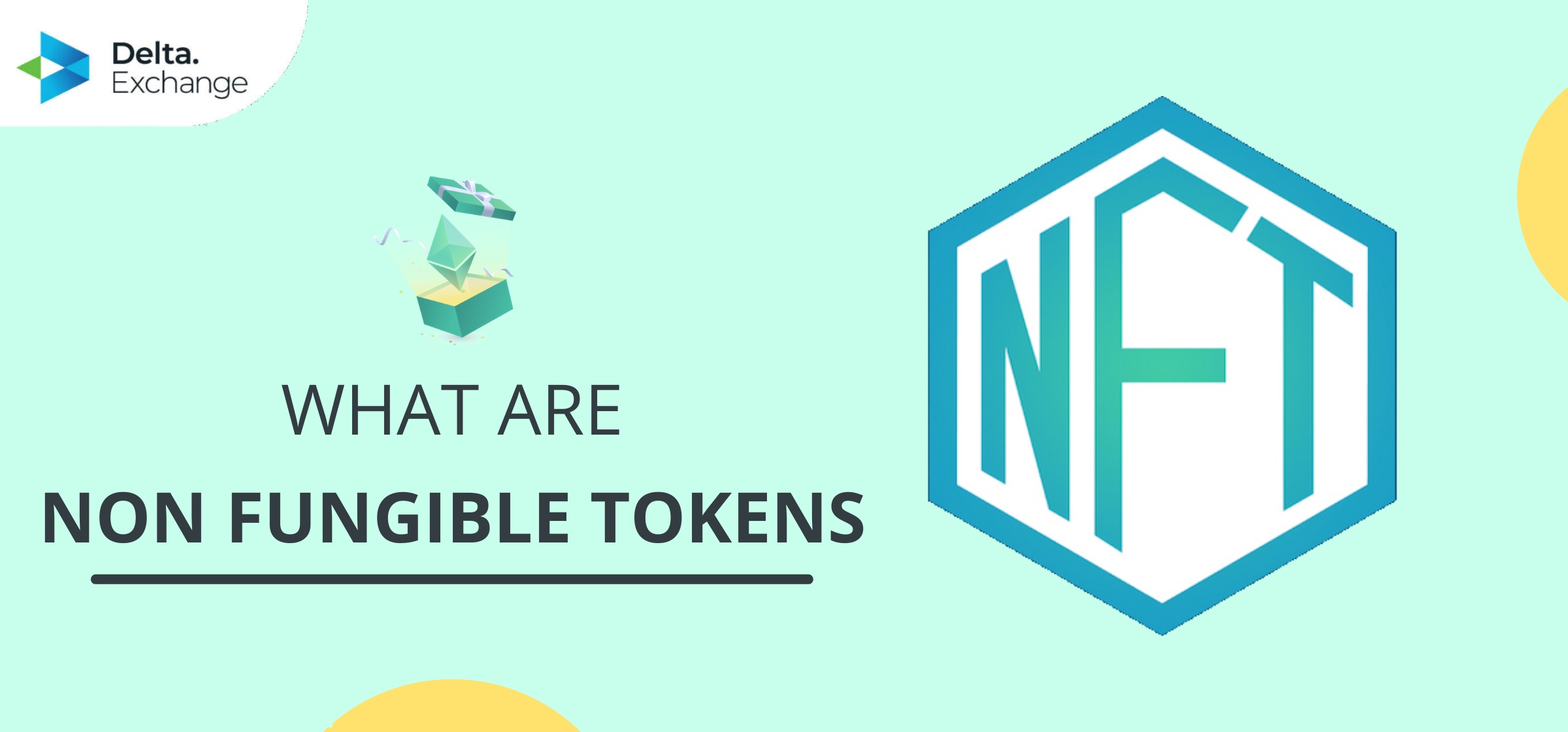Educational
April 26, 2021
What Are Wrapped Tokens?
Shubham GoyalProduct Specialist
If you have some experience with crypto trading or are in the know about how the crypto world works at all, you’d know that you can not use a blockchain’s native crypto token on another blockchain. Indeed, BTC can not be used on the Ethereum blockchain, or you can not use ETH on the Binance Smart Chain, and vice versa. Since different blockchains offer different functionalities, it is kind of a hindrance that you need to get native tokens for every blockchain you want to use for a specific reason. While there are now over 106 million people using cryptocurrencies across the world, this is still one of the reasons that keeps cryptocurrencies from going mainstream.
This is where wrapped tokens come in. While crypto coins that exist on a particular blockchain can not simply be transferred to another, wrapped tokens basically act like bridges connecting different blockchains. In this post, we have tried to round up all the essentials you need to know. Here are wrapped tokens, explained
What is a Wrapped Token?
To put it simply, a wrapped token is a tokenized version of a particular cryptocurrency. Wrapped tokens are assets hosted on top of the Ethereum blockchain, and they have the same value as another underlying crypto asset. Naturally, wrapped tokens represent different cryptocurrencies on blockchains they don’t live on. They are called wrapped tokens because the original crypto asset is symbolically put into a wrapper – which can also be thought of as a kind of digital vault that allows for the wrapped version to be minted on top of another blockchain.
A wrapped token is not much unlike a stablecoin, since they both derive their values from another asset. However, while in the case of stablecoins, their values can be pegged to a range of assets including fiat currencies, cryptocurrencies, and even precious metals like gold and silver, wrapped tokens can only stand for crypto assets that are native to another blockchain.
Wrapped tokens follow the ERC-20 token standard, and have their values tethered to the specific cryptocurrencies they represent, either through a smart contract or by being backed at the ratio of 1:1 with the underlying crypto tokens. Wrapped tokens can be redeemed or ‘unwrapped’ at any point in time.
For example, there’s WBTC or Wrapped Bitcoin. WBTC is a tokenized version of Bitcoin on the Ethereum blockchain. WBTC is an ERC-20 token that’s pegged at the ratio of 1:1 to the value of Bitcoin, and it allows you to use BTC on Ethereum. A WBTC’s value is the same as that of an original BTC’s at any given point of time, since a smart contract algorithm is used to replicate BTC’s price in real time, regulate WBTC’s underlying fund with the needed supply, and ask for the information gathered from user transactions.
So, How Do Wrapped Tokens Work?
As mentioned before, wrapped tokens are backed by an equal amount of the underlying crypto asset, as well as a range of organizational positions, and algorithmic checks and balances. The mechanism that backs every wrapped token on a 1:1 ratio by its underlying crypto token works to ensure the trustless nature of wrapped tokens, so users can also perform wrapped token trades with utter confidence. dApps, or decentralized applications can process wrapped token transactions in a swift way, since they aren’t conducted across multiple blockchains.
Wrapped tokens generally require a custodian, who is necessarily an entity that holds an equivalent amount of the underlying crypto asset as the amount in wrapped tokens. The role of the custodian can be performed by a merchant, a multisig wallet, a decentralized autonomous organization or a DAO, or even a smart contract. A custodian can be thought of as the wrapper and unwrapper of the wrapped tokens. When it comes to governance over wrapped tokens, it’s usually done by assigning important roles to the custodians who hold the underlying assets and are capable of minting or burning wrapped tokens as they deem fit.
Now, let’s see an example of how a wrapped token works in the real world. In the case of the Wrapped Bitcoin or WBTC, the custodian needs to hold 1 BTC for every 1 WBTC that is created. As for the wrapping process itself, a merchant has to send BTC for the custodian to mint a WBTC. The custodian then proceeds to do just that – create the exact same amount of WBTC on Ethereum as the amount of BTC sent by the merchant. On the contrary, when a WBTC token needs to be turned back to BTC, the merchant has to put in a burn request to the custodian, and only then the underlying BTC is released from the reserves. For wrapped Bitcoin in particular, the act of adding and removing custodians and merchants is performed by a DAO.
Advantages of Using Wrapped Tokens
Blockchain networks are generally distinct systems; there isn’t a simple way to exchange information between them. However, wrapped tokens serve to increase interoperability between separate blockchains.
Moreover, wrapped tokens can help increase both liquidity and capital efficiency for centralized and decentralized exchange platforms. The ability of wrapped tokens to make use of idle assets and trade them on another chain definitely does create more connection between liquidity that would be isolated otherwise.
Finally, wrapped tokens also help avoid any extra fees and thus lower transaction costs, and they can increase transaction speeds significantly.
So aside from bringing interoperability to the cryptocurrency world, wrapped tokens also herald a financial system where capital is far more efficient, and different applications can smoothly share liquidity with each other.
And there it is, all the details you’d want to know regarding wrapped tokens! If you’d like to find out more about new DeFi projects to invest in, crypto options trading, and the world of cryptocurrencies in general, don’t forget to give our blog a visit!
FuturesTrade Futures & Perpetual Swaps on 25+ crypto assets, with up to 100x leverage
OptionsTrade call, put or MOVE options on BTC, ETH, BNB and LINK
Interest Rate SwapsInterest rate derivatives that enable swap of fixed-floating rates
Mock Trading PlatformLearn Crypto Derivatives trading without risking real capital
Research & AnalyticsExclusive data, charts and analytics to help you trade smarter













